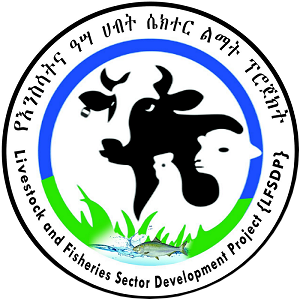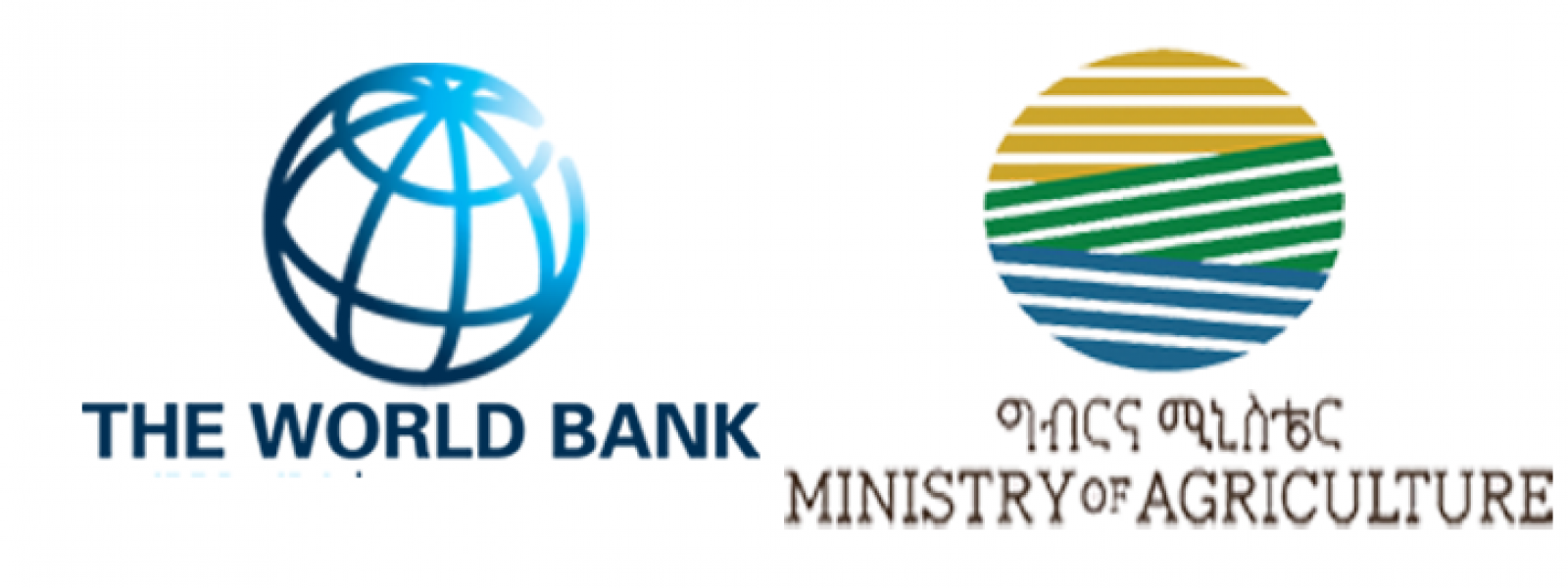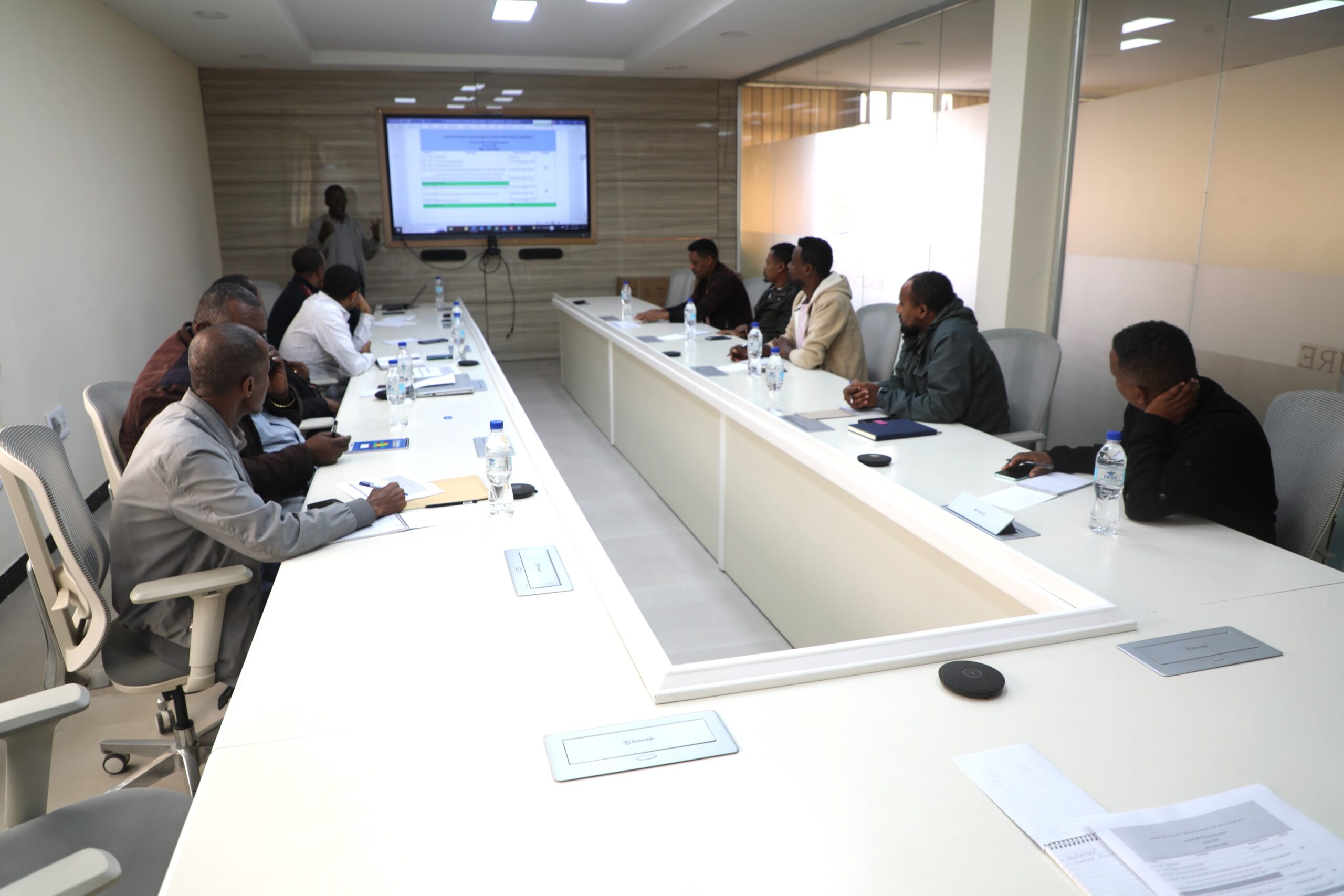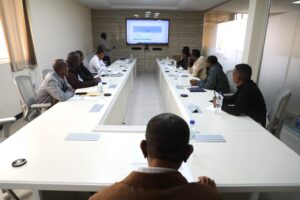
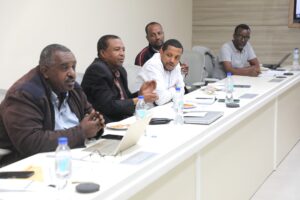

The Livestock MRV Technical Advisory Committee convened on June 12, 2024, with the primary objectives of evaluating and providing feedback on the annual work plan for Livestock MRV Capacity Building grant activities, receiving updates on implementation progress, clarifying the committee’s roles and responsibilities, and offering expert guidance on the Livestock MRV system’s development and execution.
Dr. Thomas Cherinet, the National Coordinator of the Livestock and Fishery Sector Development Project (LFSDP), opened the meeting with a keynote address. In his speech, he highlighted that climate change is worsening over time, prompting the Ethiopian government to develop various strategies to address these challenges. He mentioned that the Ministry of Agriculture has also promoted the implementation of climate-smart livestock production systems. To monitor the implementation of climate smart livestock production, the MRV system plays a vital role, which is why the technical advisory committee was established and gathered today. The Livestock MRV Technical Advisory Committee is crucial in developing and implementing the Livestock MRV (Monitoring, Reporting, and Verification) system.

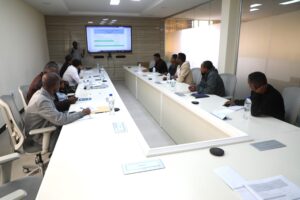
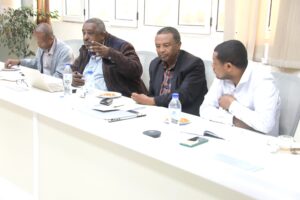

Concluding his speech Dr. Thomas Cherinet emphasises that the Livestock MRV Technical Advisory Committee is responsible for creating and refining guidelines, methodologies, and tools to measure, report, and verify livestock-related emissions. By doing so, the committee ensures the accuracy, consistency, and transparency of the Livestock MRV system.
The meeting continued with a presentation(By Mustefa Abu, Senior Livestock MRV epert) on the overview of the Livestock MRV Capacity Building grant activities’ implementation under the Oromia Forested Landscape Program Emission Reduction Project (OFLP-ERP), including the plan and progress so far. This was followed by two consecutive presentations on the roadmap for emission reductions ownership and title transfer, and the Terms of Reference (TOR) for the technical advisory committee’s roles and responsibilities.
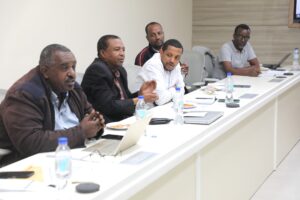

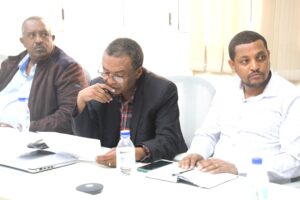

Subsequent to the presentations, the TAC members engaged in an in-depth discussion on the Livestock MRV Plan, emission reduction roadmap, and the defined roles and responsibilities. The committee members provided valuable feedback on the developed plans and methodologies. The meeting was marked by vibrant discussions, sharing of experiences, and brainstorming ideas to expedite the progress in developing the Livestock MRV system.
Finally, the meeting was concluded with a consensus on action points and future steps to further refine the Livestock MRV Plan. This included clearly defining the roles and responsibilities of the Technical Advisory Committee (TAC) as well as developing the legal framework for emission reduction ownership and title transfer.
